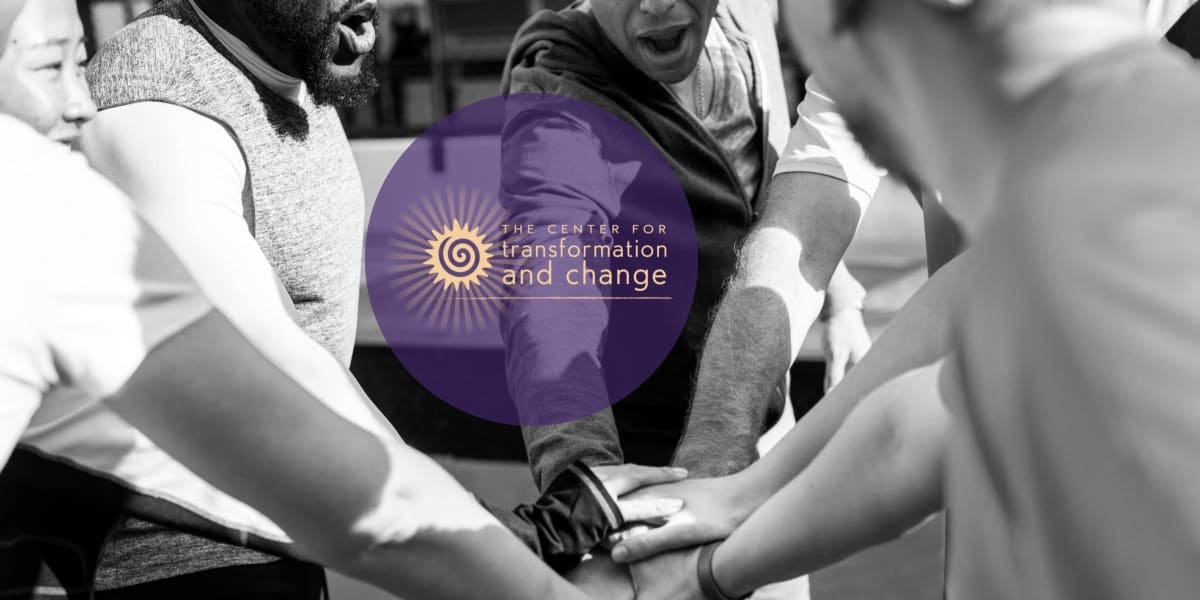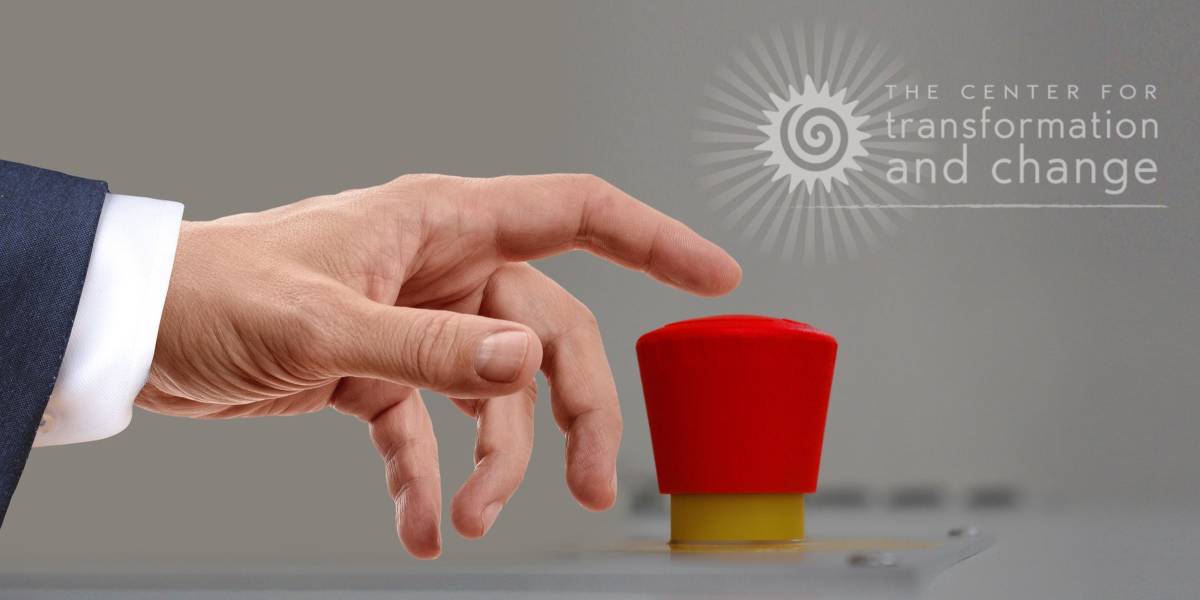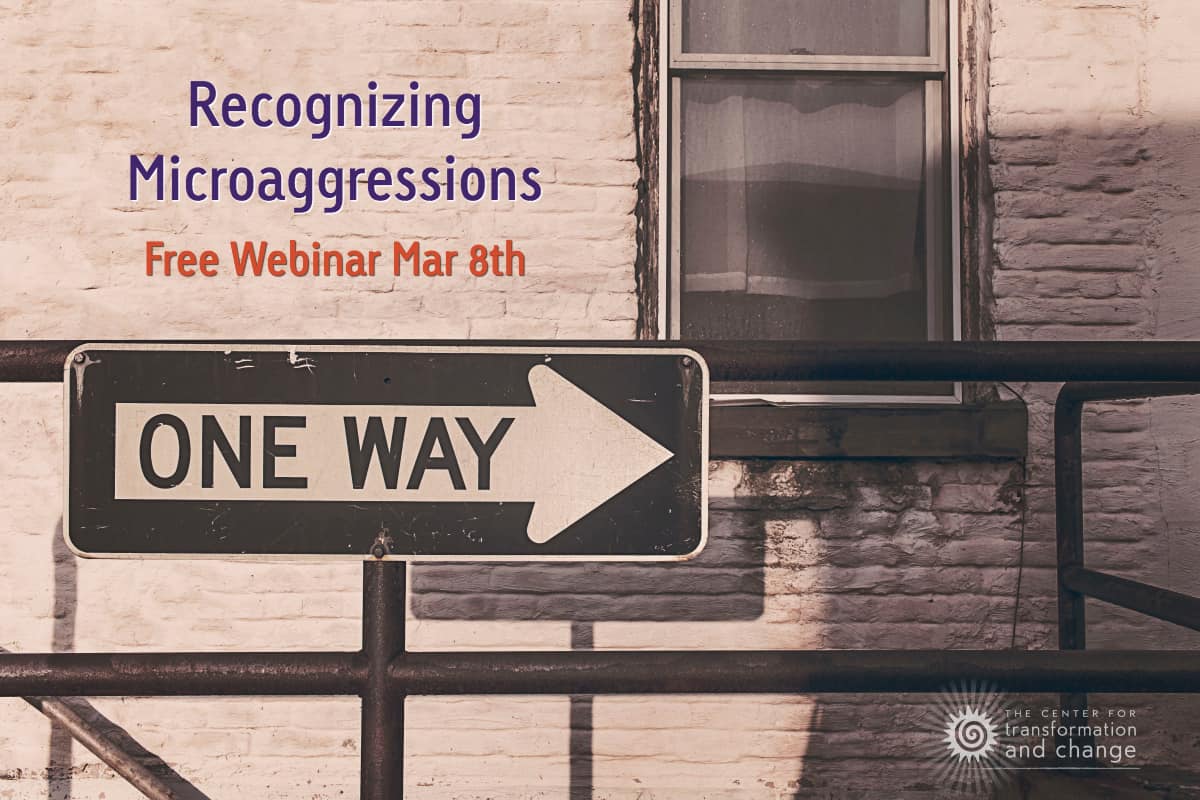Teach More Effectively by Infusing Equity and Inclusion
In my last post, I briefly discussed strategies that facilitators can use to make their courses and training more effective by infusing equity and inclusion. Here, I’ll cover how you can design activities so participants can interact with and learn from the widest variety of people.
Broaden Perspectives to Infuse Diversity and Inclusion
Encouraging/requiring participants to interact with people different from themselves provides the opportunity to broaden their perspectives as well as increase their comfort working across differences.
Here’s what I commonly observe: when facilitators let participants form their own discussion groups without any direction, most people seem to choose to work with those they already know and with whom they feel comfortable. These are usually people who are much like themselves.
Here are a few useful ways to form more diverse working groups:
- Use activities that require interaction with new people: concentric circles or a BINGO activity provides a structure that has participants easily talk with a variety of new people.
- Form groups randomly by counting off, pre-assign group #’s that are listed on their handouts or name tags, or use a quick icebreaker: find a new partner who…. (is wearing the same color as you; is in a different type of job than you; who grew up in a different state or country than you…).
- State: “I believe we learn more when we interact with the widest range of people as possible. So as I move you into different groups in this session/course, please work to meet new people and have conversations with those you don’t know very well.”
- State: “Many people tend to work with and socialize with those that are more like themselves. So in this session/course, I’d like you to intentionally seek out people who are different from you in some way…so we can broaden our connections and learn from as many people as possible. As you form pairs or a small group, pay attention to making them as diverse as possible by group memberships, such as years of experience, age, job function, race, nationality, sex, gender identity, etc.”
As I’ve said before, it doesn’t matter what subject you’re teaching…
Using the strategies I’ve explained above can lay the foundation to deepen learning as well as to increase participant capacity to engage and learn with people across group membership. These more indirect approaches may build a platform for future more focused workshops that directly address issues of diversity, equity, and inclusion in the workplace.
Don’t forget to stay tuned for upcoming posts
You can gain more insight and helpful approaches that build on the ones I’ve explained above.
If you’re really serious about getting all the tools and activities to design and train engaging, productive foundational workshops of diversity and social justice, I’ve got some exciting events rolling out this summer – visit my Events page to find the one that’s the perfect fit for your organization.




